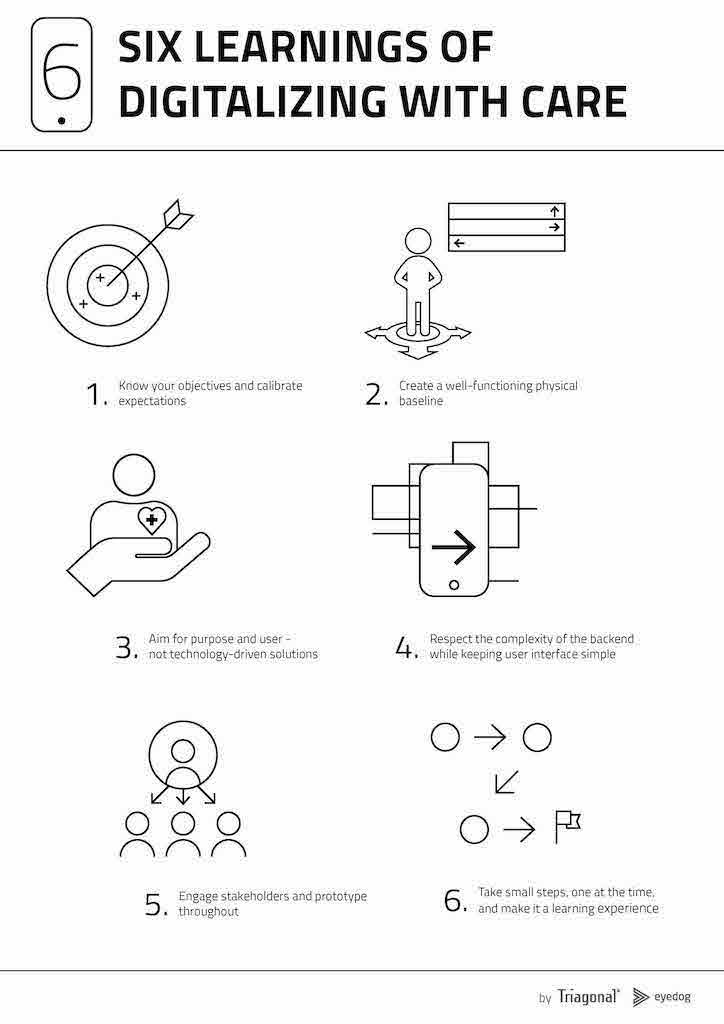Healthcare / Wayfinding
European Healthcare Design 2021
Digitalisation – navigating with care
By Andrew Sansom | 18 Aug 2021 | 0
This poster and video discuss how some of the challenges of digitalisation of wayfinding can be addressed.
Abstract
In times where hospitals are constantly facing challenges of optimising healthcare deliveries, digitalisation can be the answer to many of our prayers. But as most have already experienced, embedding digital solutions successfully is easier said than done.
First, we have to consider the context in which the technology has to take part. In relation to wayfinding, adding a digital layer on top of an inefficient wayfinding system will rarely solve the problem. If, however, a solid foundation is laid, adding a digital component can optimise processes while, at the same time, creating a strong correlation between the physical world and the digital realm.
Second, digitalisation should always be purpose-driven rather than technology-driven. Just because it can be done does not mean it needs to be done. Starting with the challenge at hand and asking the people involved what their needs are, we can harvest solutions that add value instead of – at worst – adding unnecessary tasks to the people whom it should have helped. However, no digital solution comes without tasks being added. An example from digital wayfinding could be that when people stop asking nurses for directions, programmers have to intensify the task of maintaining the digital system to keep it running.
Third, there is no need to over-complicate things in the eyes of the user. While the backend of a technology might be very complex to solve the task at hand, the interface should be kept as simple as possible. The best way to ensure this balance is to understand the user group and test the solution with the end users. Such data are invaluable for the development of a solid solution but also require the allocation of resources for tests and adaption after implementation. The inextricable relation between technology and humans determines whether an innovation becomes a success or failure. Even though we often tend to assume that humans are rational in their behaviour when we design for them, this is not always the case, and they do not always abide to best practice. Humans are creative while, at the same time, maybe fearing change.
When we invent digital solutions for healthcare systems we should keep this in mind. We have to stay creative but, at the same time, be realistic about the changes the technology will bring to create solutions that add value – both within the physical world and in the digital realm.
Organisations involved

